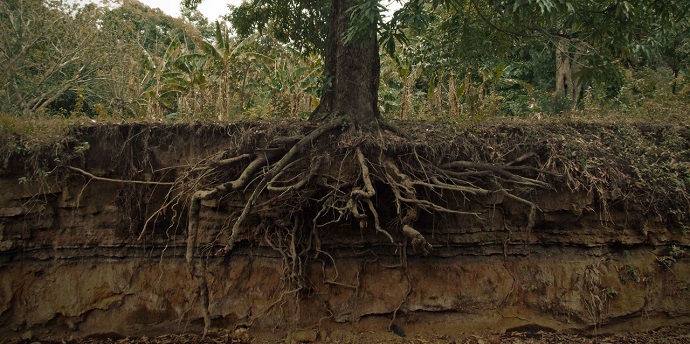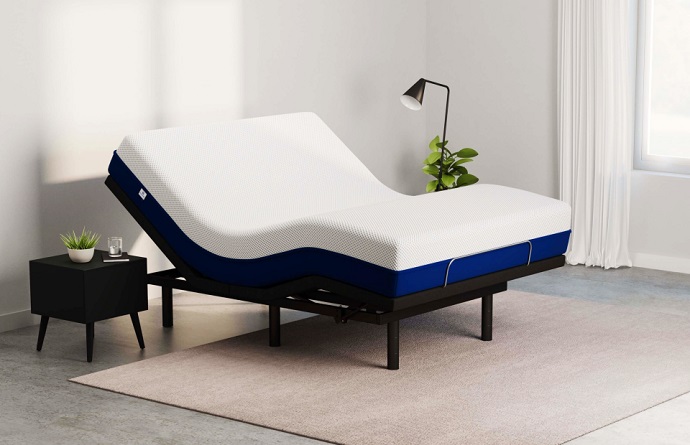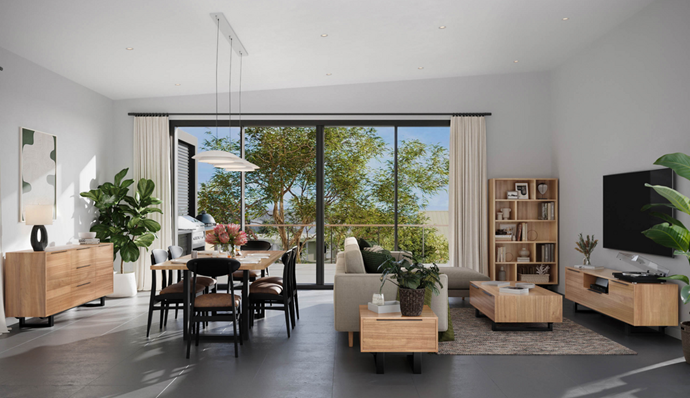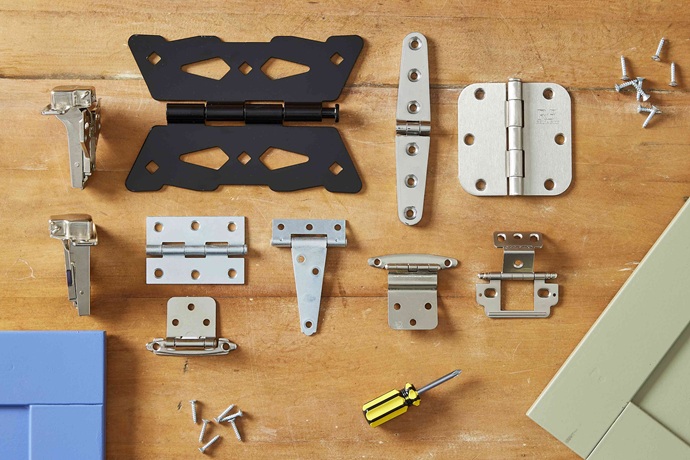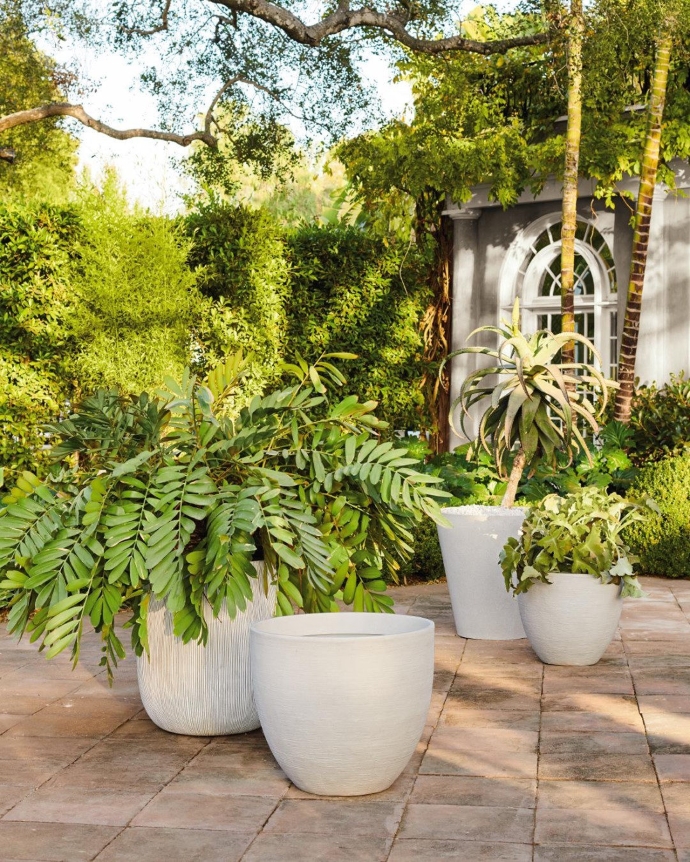
Green living has become quite the trend lately and not without reason. It’s a trend that allows us to get a notion of how the lifestyles we lead affect the environment, and then make prudent decisions to give up some of the old habits in favour of new sustainable ones.
One such habit you can make in your home would be energy-efficiency. The cooling and heating costs usually take up much of the costs per household, particularly in those hot and cold days of the year. You can count on the variety of ceiling fans for sale online for excellent air circulation.
Though they are an old concept, latest designs of fans are created with the use of latest technology, so along with reversible airflow options providing air circulation for both summer and winter (pushing warm air in summer and warming the room in winter), you can be sure of smooth and quiet operation.

You wouldn’t be disappointed by the style options of ceiling fans for sale online either, with plenty of material, sizes, and colour choices, including fan lighting, so your fan would double as a lighting source too.
Speaking of lighting, it’s another crucial factor that shouldn’t be taken lightly and we should all turn to LED products.
What’s not to love about the ingenuity of LED lighting? It’s energy-efficient, eco-friendly, can fit most light fittings, and it doesn’t burn out fast so you wouldn’t have to worry about replacing LED bulbs often.
The next aspect affects the home as a whole, and how it is built. This is important because even if you have the energy-efficient appliances, you still might have plenty of energy loss due to poor ventilation and insulation.
This means you have to check whether the doors, windows, ducts, sills and vents are the spots of energy leakage, see if there are holes and cracks, and carry out thermographic inspection. It means investing in adequate roof insulation and solid wall construction too.
Another way of cutting down on energy costs is by making use of sustainable sources to generate energy, like solar power. Not only would you be able to generate your own energy, using it for powering appliances and the hot water system, but you can also sell your excess energy to the grid.
It’s no surprise many Australian homes have resorted to this solution, and even though it might seem like a big initial investment, it pays off eventually.












